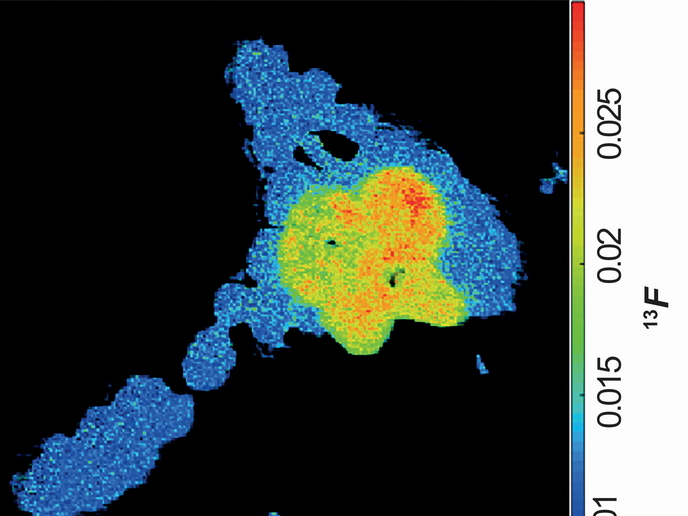New insights on protecting our skin from air pollution
According to the European Environment Agency (EEA), over 85 % of Europe’s urban population is subjected to air pollution levels that the World Health Organization considers to be harmful to one’s health. While the effect of air pollution on our respiratory and cardiovascular systems is well documented, new evidence shows that it also has an adverse impact on the body’s largest organ – the skin. With a surface area of nearly 2 square metres, our skin is designed to protect us against potentially harmful environmental factors. However, this ability is not unlimited. “When exposure to environmental stressors, such as air pollution, exceeds the skin’s normal defensive ability, problems begin to arise,” says Marc Eeman, a research scientist at Dow Silicones Belgium(opens in new window). With the support of the EU-funded project CITYCARE (Impact of air pollutants on cutaneous responses in both healthy and compromised skin barrier, and innovative solutions to protect skin against urban pollution), Eeman is leading a group of three PhD students working to understand how air pollution affects the skin and what can be done to better protect it. “As an Innovative Training Network(opens in new window), funded with the support of the Marie Skłodowska-Curie Actions(opens in new window), the CITYCARE project provides training and support to three early-stage researchers from across Europe,” adds Eeman. “Leveraging the expertise of two renowned research universities and one leading industrial player, we have significantly advanced our scientific knowledge about the wide-ranging impact air pollution has on the skin.”
Evaluating how different types of pollution impact the skin
To start, the three PhD students spent 6 months at Dow’s laboratory in Seneffe, Belgium. Here, they built a state-of-the-art, reconstructed 3D skin model, which served as the project’s key tool for evaluating the effects of various environmental stressors on cutaneous tissue. “By learning to make our own skin model, we were able to customise it to meet the unique needs of our own research,” explains Roxane Prieux, a PhD student from the University of Ferrara(opens in new window). “For example, by amplifying or silencing the expression of genes of interest, or via the up or downregulation of certain proteins, one can better investigate the effects of air pollution, understand the mechanical pathways, and how it all relates to skin diseases.” Returning to their home institutions in Belgium, Italy and Switzerland, the students then used the 3D model as the basis of their own research projects. For instance, one student developed a 3D in vitro human reconstructed epidermis to simulate the effect diesel exhaust has on the skin. “It is important to understand how these particles affect our skin and which underlying mechanisms are involved,” notes Irini Magdelina Dijkhoff, a PhD student from the Adolphe Merkle Institute(opens in new window) at the University of Fribourg(opens in new window). “This research is the foundation for identifying how we can protect our skin against air pollution.” The students also investigated how ozone and cigarette smoke impact the skin. “The first step towards developing innovative solutions to better protect our skin is to understand how different air pollutants affect the cutaneous responses and biomechanical properties,” says Benedetta Petracca, a PhD student from Dow Silicones Belgium. “Our research has done exactly that.”
Attracting significant interest
The consortium organised an awareness-raising seminar and three scientific workshops, all of which were well received. Although the project is still a work in progress, it is already attracting significant interest – including from several major cosmetic companies and skincare scientists. “It has been such a gratifying experience to contribute to the development of these young researchers,” concludes Eeman. “I look forward to seeing what comes next.”







